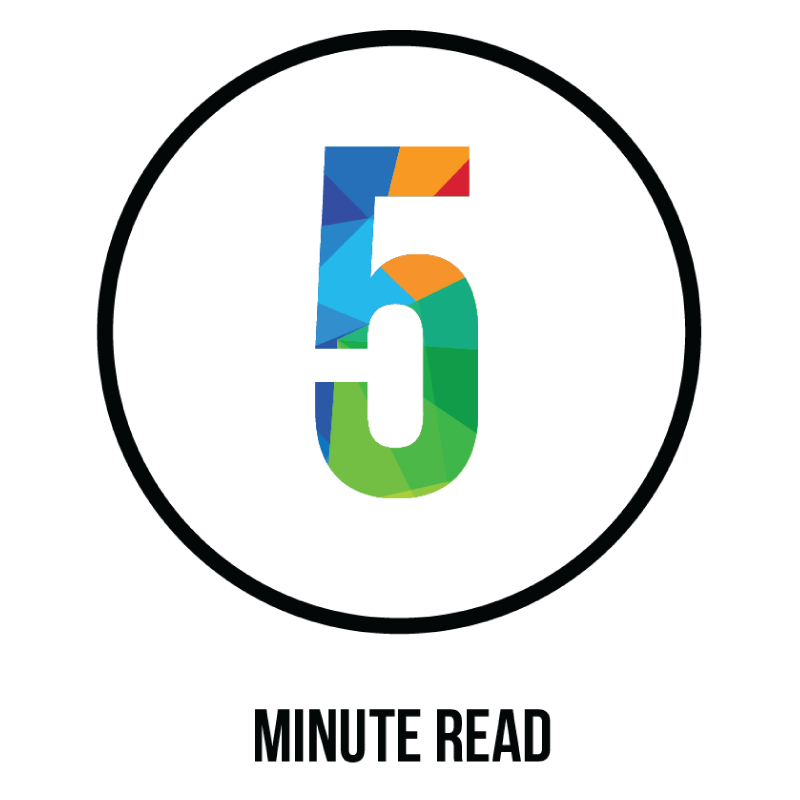Tips from Google: how to use digital to benefit your bricks-and-mortar store
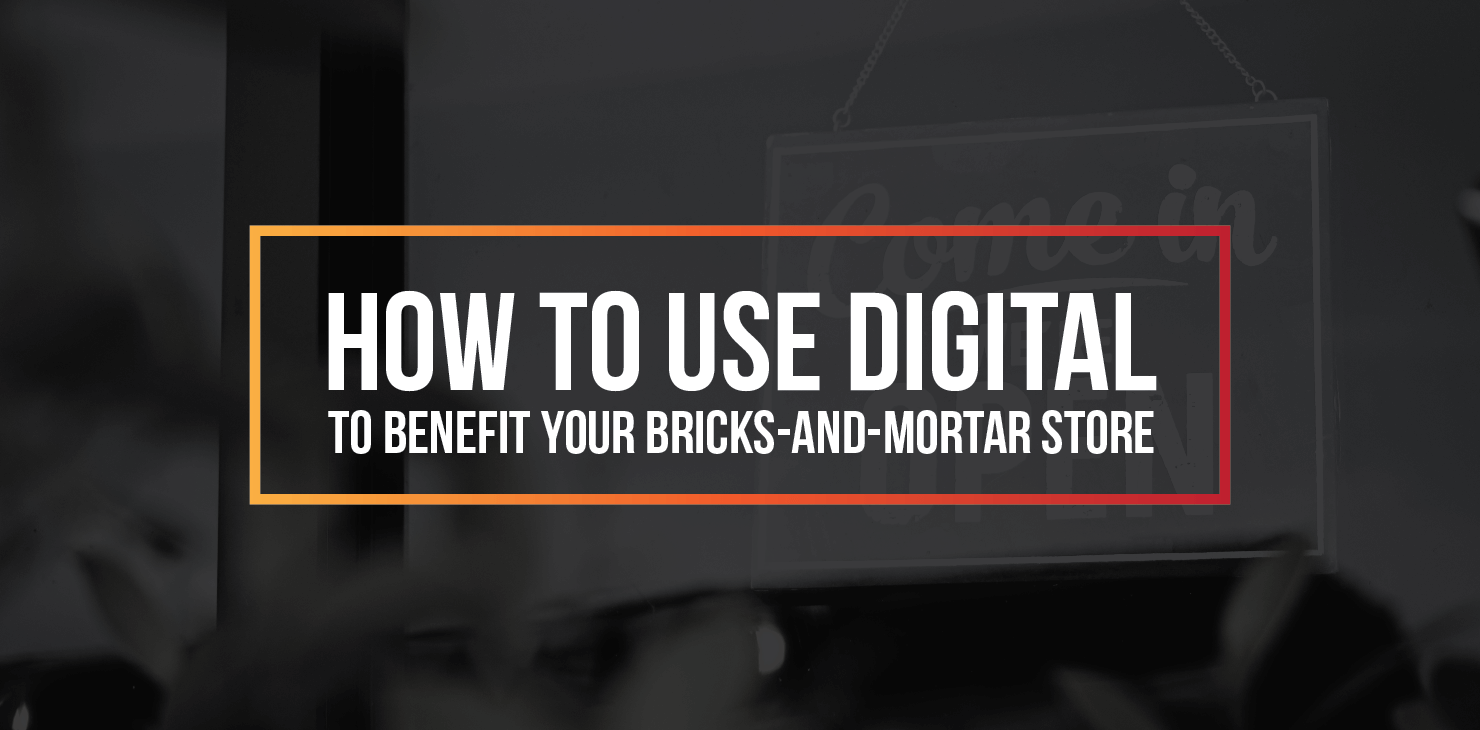
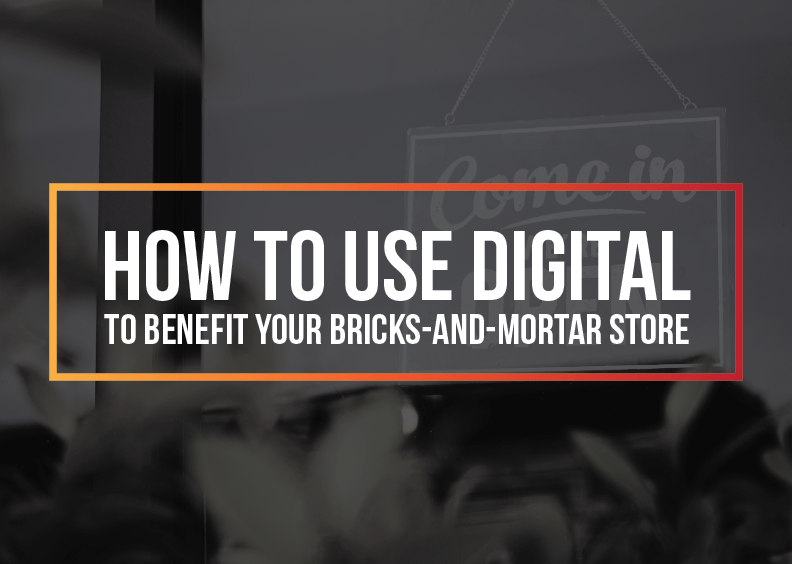
This year’s festive season is bringing a raft of new challenges for businesses, so here’s how to ensure your online offering complements your in-store experience.
It’s hard to overstate the impact that Covid-19 has had on our society. It’s brought sweeping and dramatic changes to the way we all work, shop and live, and has accelerated the already widespread shift towards digital. Today, devices like mobiles, tablets and computers are all becoming an ever more integral part of the average customer journey, especially now that so many people are wary of crowding together in bricks-and-mortar stores.
So with all that in mind, you’d be forgiven for thinking that physical premises are rapidly becoming completely obsolete. But as Google has been quick to point out recently, that’s oversimplifying it a bit.
Digital shopping isn’t going to entirely replace in-person shopping, and we find that a common mistake is to think of the relationship between the two as adversarial rather than complementary.
Instead, the best strategy involves identifying any disconnects between the two, thereby making sure that your digital offering complements your in-store experience, and vice-versa. And of course, taking care to constantly adapt them both so that they’re properly meeting the needs of your customers. Google calls this “connecting offline and online retail experiences” and as far as the company is concerned, it’s never been more important.
Tracking the shifts in shopping behaviour
As we’ve already touched upon above, there have been some seismic shifts in shopping behaviour over the past few months, and these are likely to stick. Unsurprisingly, Google thinks it will be the most digitally-focused Christmas shopping season ever, so a focus on driving online sales is always a solid strategy. You don’t need to be an expert market analyst to suss out that most people will be less keen on walking into physical stores this Christmas than they have been in previous years, especially in larger urban areas like Preston or Manchester.
But here’s the important thing to remember – physical stores aren’t necessarily going to become obsolete. In fact, Euromonitor thinks that 78% of purchases will still be made in person by 2024.
So how does that work, then? Well, while it might mean that fewer people will indulge in some casual browsing, the pandemic definitely doesn’t mean that people will stop going into shops entirely. Instead, more and more shoppers are already planning their trips with a lot more precision, and they’re looking for accurate and real-time information to help them do so.
A few examples of what modern shoppers want to know:
- What’s open (and when)
- What’s in stock
- When the busiest times are
- Whether a store offers kerbside pickup
Crucially, they want to know how close their selected shops are to their homes. According to Google, searches containing the key phrase “available near me” have doubled globally over the course of the pandemic.
It’s also worth considering that some customer journeys blur the lines between physical and digital. People might prefer to make their actual purchase online, but be quite happy to make a quick trip onto company premises to pick something up.
Outdated information is a prime example of one of the ‘disconnects’ you can accidentally create between your in-store experience and your digital offering, so it’s wise to keep all this in mind when you plan the rest of your strategy for the upcoming festive season. This is exactly the sort of thing Google means by connecting online and offline experiences!
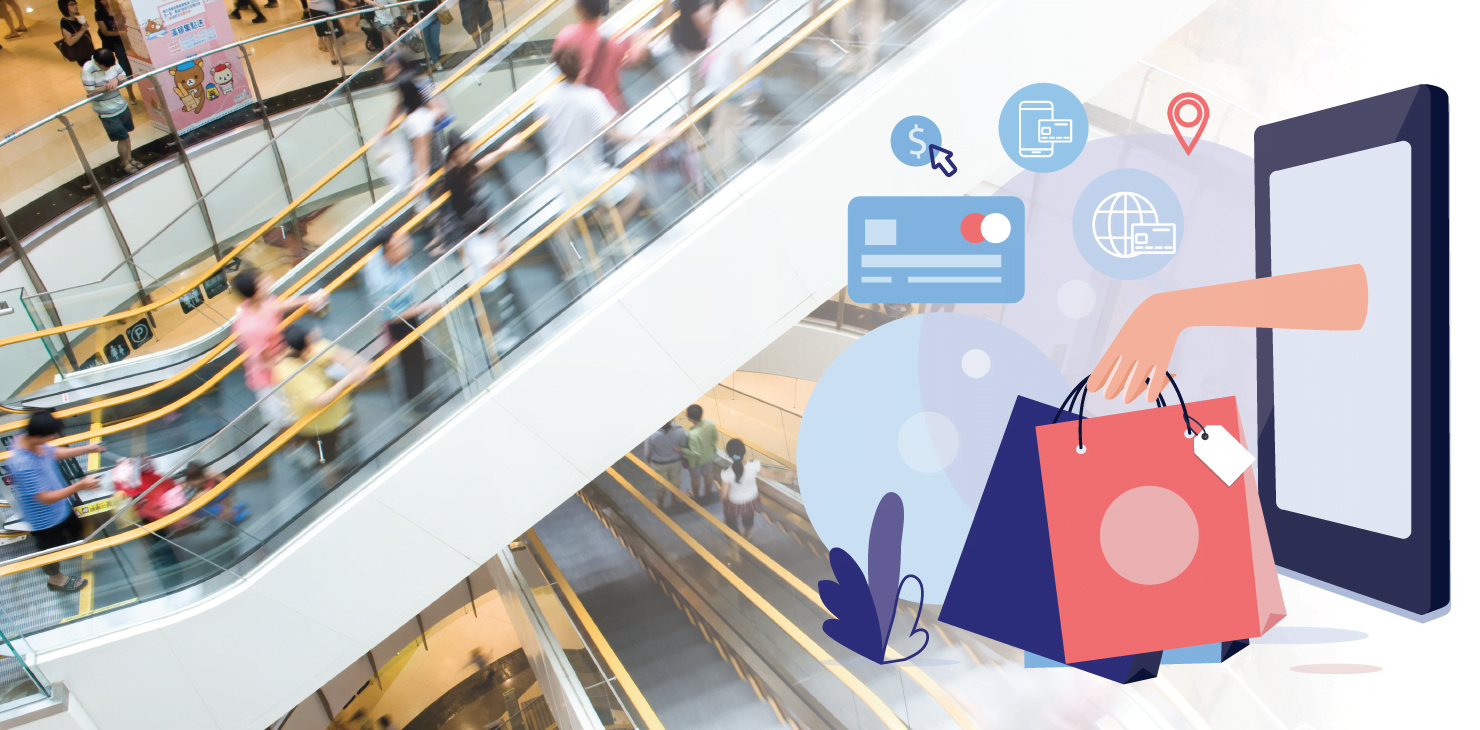
How is Google adapting to these shifts in buyer behaviour?
Google is introducing a number of changes to help businesses adapt to customer requirements, many of which are basically geared towards helping you give your customers more up-to-date info. It’s already introduced “kerbside pickup” and “in-store shopping” for Local Inventory Ads, and it plans to launch “pickup later” in the very near future, so that shoppers have reassurance they’ll be able to swing by and scoop up their purchase if they’re not currently able to leave the house.
It’s introducing similar features for restaurants and other hospitality venues, allowing them to specify “dine in” or “takeout” on their own ads.
How can you make sure you’re keeping up with the curve?
A good first step is to take another look at your Local Inventory Ads once Google’s changes come into effect. (If you need a bit of help, here at 21Digital our experienced PPC experts are only too happy to lend a hand.)
In addition to that, it’s worth considering whether you can adapt your services in a way that minimises face-to-face contact, or even introduce new ones. And don’t forget…
Consider what your customers need from you
Essentially, make sure you know what your customers are looking for. Have their expectations from you changed? Has their browsing behaviour on your website changed, and is there anything you can do to proactively cater to these behaviour changes? (That’s just the sort of thing our Conversion Rate Optimisation service handles, by the way.)
A fairly easy one is to look at whether there are any particular products or services of yours that are more in demand than they normally would be. This could be either directly because of the pandemic (such as greater interest in PPE or online training courses), or because of larger-scale societal changes related to it, such as a greater demand for electronics products or communications software products to facilitate the upward trend of working from home.
The Christmas rush starts early
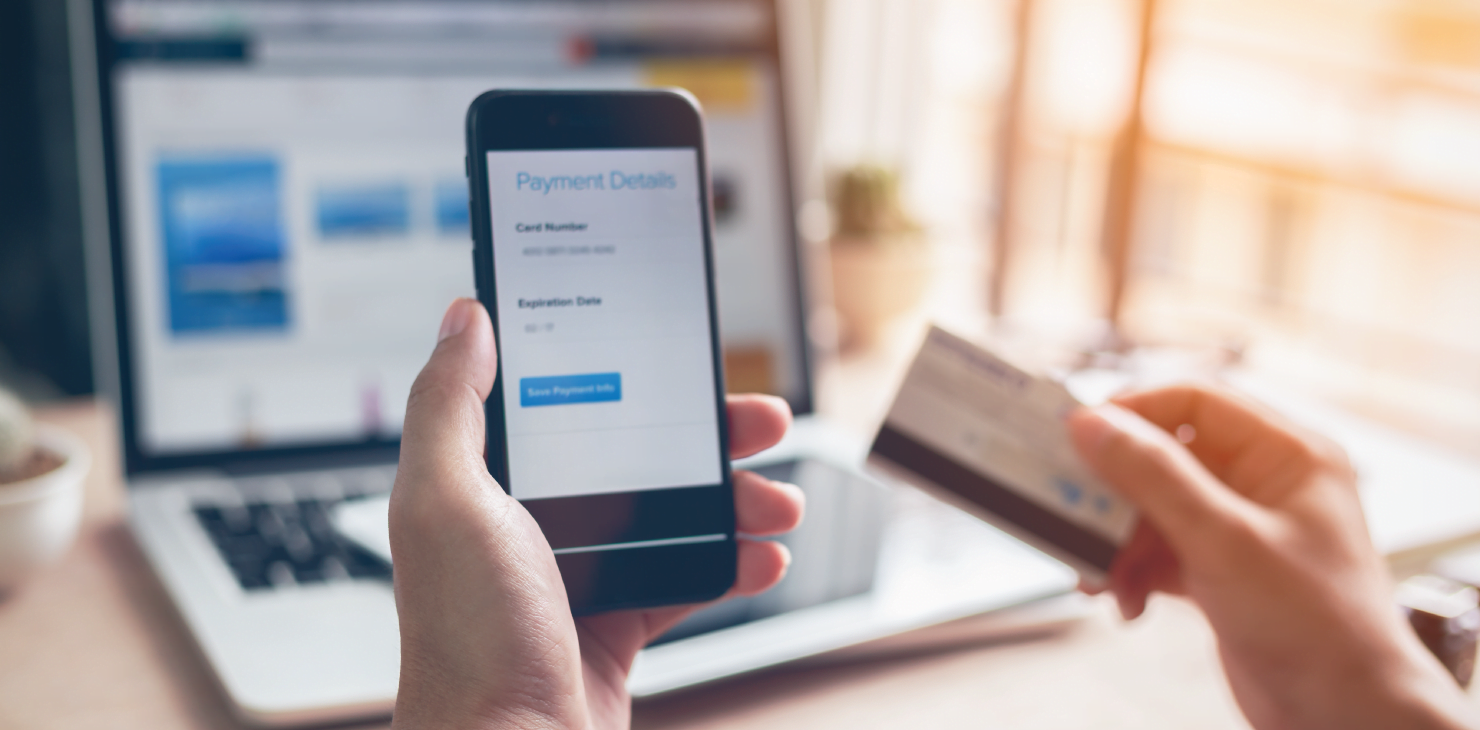
The timings of the Christmas rush may well differ this year, too. Consumers this year will be consciously trying to avoid the festive crushes of the High Street and town centres, but they’ll also be all too aware of the potential pitfalls of ordering online during periods of heavy demand, such as delayed orders or products running out of stock.
As a result, lots of shoppers may well marshal themselves weeks or even months earlier than they normally would, which means we may start to see the uptick of the Christmas rush as early as mid to late October. Don’t get caught out!
If you need any help or a few words of expert advice, that’s what we’re here for at 21Digital. With over 17 years of experience behind us, Google Ads and digital consultancy are just two of the services we offer, in addition to web design, SEO, social media marketing, and email marketing.
Want to find out how we can help you? Give us a call on 01254 660 560, or email us on hello@21digital.agency and let’s talk!


